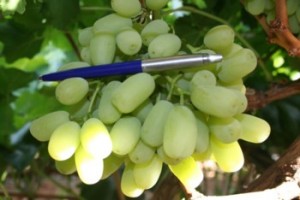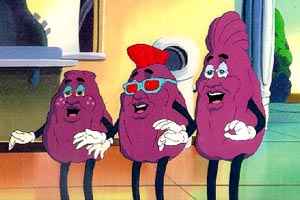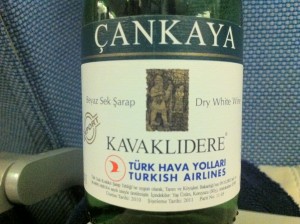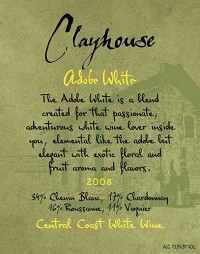 Thieving Sultana
Thieving Sultana
You’ve eaten Sultana grapes before. Probably stolen them from your local supermarket too. They’re those enormous looking green grapes that children and degenerate adults love to pop into their mouths in the produce section when no one is looking and hopefully no cameras are pointing in your direction. We just call them Thompson Seedless, which is too bad since Sultana sounds way more regal, powerful and exciting.
California’s Most Planted, Least Known Grape
Sultana is far and away the most planted grape in California. One of every three vines in California is Thompson and the next most planted grape (Chardonnay) doesn’t even have half the acreage of Sultana.
 California Raisins
California Raisins
And yet, we don’t see bottles of Sultana at our local wine stores, either under Sultana or Thompson Seedless. Why? Turns out Sultana can be made into wine and that wine is fine but pretty insipid if passable. A better use is turning the grapes into raisins. California Raisins – yes, that famous advertising icon begins life as a Sultana grape and ends life as a Saturday morning cartoon show.
 Taste
Taste
Crisp with medium body for a white. Similar to Viognier in body and fruit but really different finish. Think Rkatsiteli on the finish – that’s the pretty obscure rape from Georgia (the country) that one should definitely try if one is ever lucky enough to be in the Finger Lakes at the vineyard of Dr. Frank Konstantin.
Detail Up!
Çankaya white wine by Kavaklidere Vineyard from Anatolia, Turkey. Available in tiny bottles on Turkish Airlines when you ask for the Turkish white wine.
Random Googles:
* Sultana is the father of a wine grape grown in California called Princess. Fitting that Princess is the daughter of Sultana – someone clearly had a lot of fun naming that grape.
* Narince can be thought of as a less oaky Chardonnay from Turkey. Probably impossible to find outside of Turkey but Kavaklidere has a bottle made only from Narince grapes.
* Emir grapes grow in really high altitude, cold parts of Turkey. With scant information on the grape available online, let’s leave it to a random tweet to tell us it has “great great potential.”
